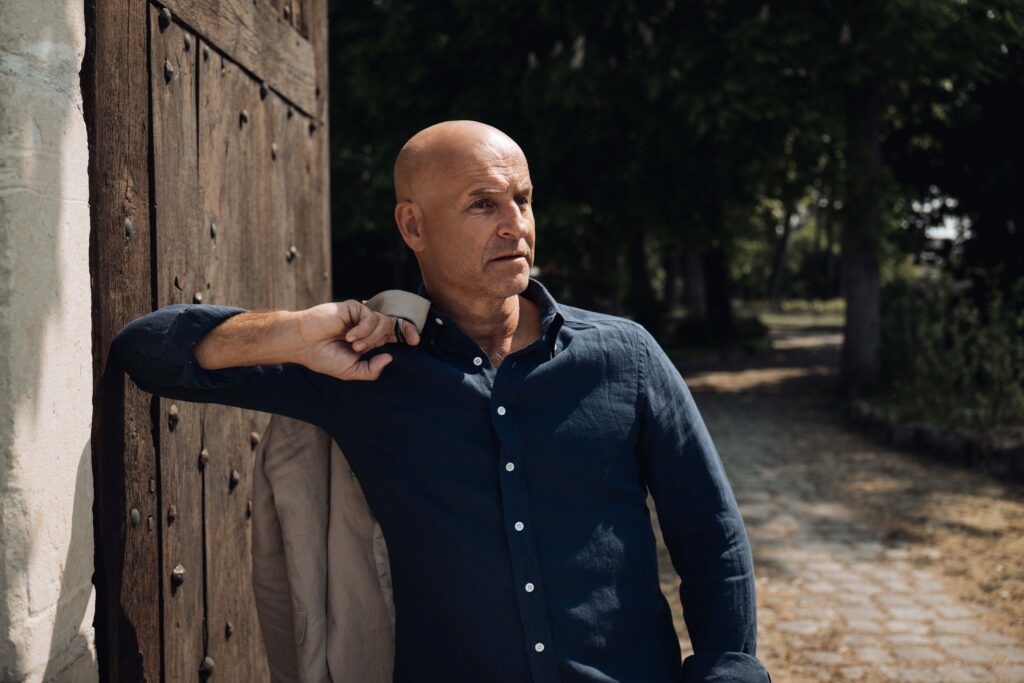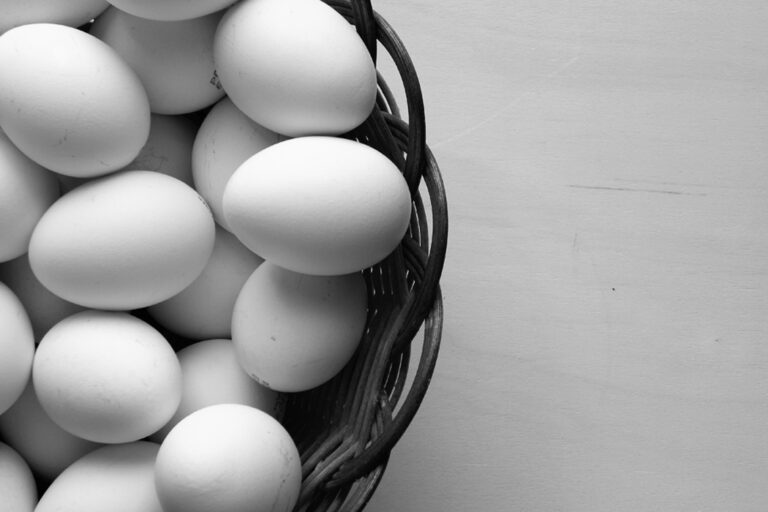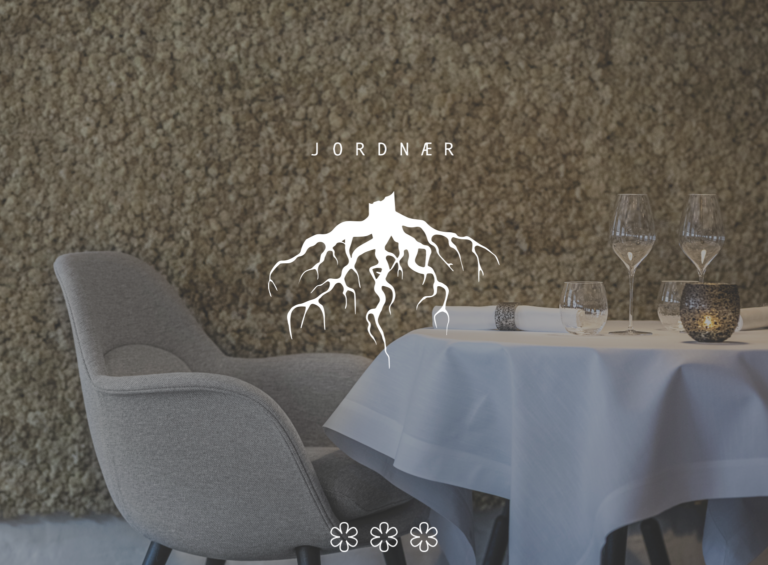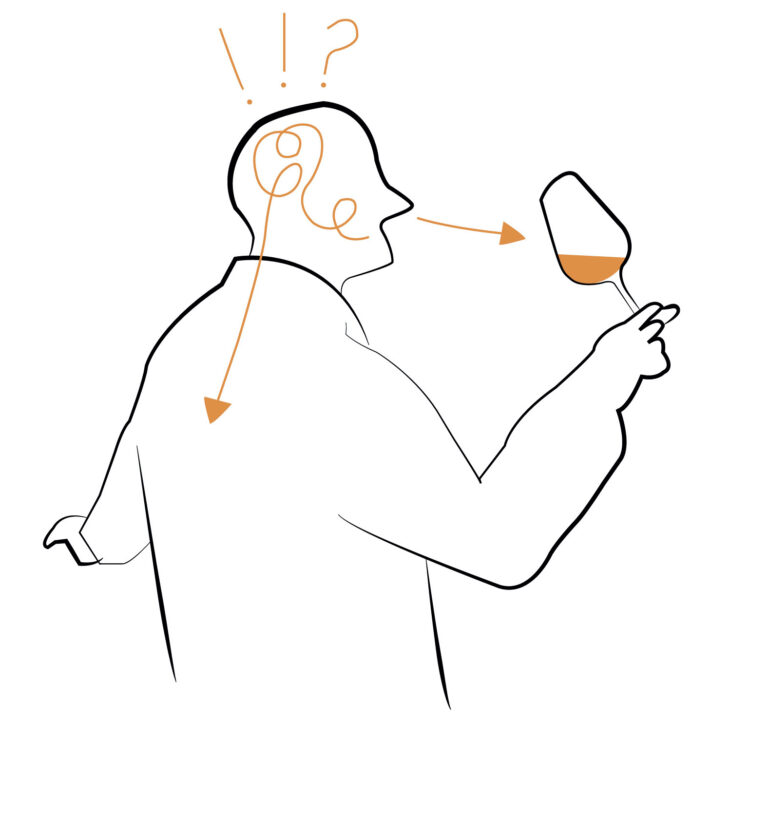For the twelfth year in a row, Richard Juhlin organized ‘The Richard Juhlin Champagne Tasting’ on Lidingö outside Stockholm. Previously, the selected tasting group from Champagne Club has, among other things, tasted the market’s leading blanc de blancs, rosé, prestige cuvées and comparisons between a number of vintages.
Estimated reading time: 29 minutes

This time the theme was much broader than that. Due to the success of my latest Swedish book ‘Champagne Magnum Opus’ with its 13,000 champagnes, there were of course many publishers queuing up to publish the English-language version of my giant epic. For the first time, it was we who chose partners and not the other way around. Our choice fell on perhaps the world’s most prestigious quality publisher Rizzoli based in Milan. As they are currently working on translations and updates while www.champagneclub.com and our ‘Tasting Library’ are growing at a rocket speed, my focus was on trying new varieties of all the latest that has left the champagne producers’ cellars.
As the number of champagnes sent to the tasting this time approached 1,000 different varieties, it was a logistical impossibility to try them all at the same time. Therefore, this time ‘The Richard Juhlin Champagne Tasting’ was in fact a number of tastings that were all performed blindly in the same place by me with some of my 11 trusted co-tasters each time.

Organic, ecologic and biodynamic
The most striking thing about the flood of champagnes I have been through is how grateful I feel for how informative the back labels have become after years of information poverty. The organically, ecologically and biodynamically made champagnes may not be in global dominance, but among those sent to me, they accounted for well over half. The vineyard wines have also exploded in number and the proportion of champagnes made in oak barrels is now innumerable. Furthermore, the dosage is lower than ever and the proportion of rosé de saignée is impressively high. The success of the growers through pioneers such as Selosse and Laurent Champs at Vilmart so deservedly has not escaped anyone and the new generation of winemakers have almost all taken the gallop and make quality-striving nature-respecting champagnes they can rightly be proud of. The champagne houses also follow in this style and change of attitude led by Jean-Baptiste Lecaillon who turned one of the proudest and most aristocratic champagne houses Louis Roederer into the growers of the houses!

Non-vintage cuvées
Tasting through hundreds of non-vintage cuvées is an interesting and demanding job. Tasting through almost as many vintage and prestige champagnes is of course a pure pleasure. If vintage-free standard champagnes are perhaps an outdated concept that is increasingly being replaced by soleras and pure vintage champagnes with their own character, vinothèque is the future. No other wine gains as much as champagne from remaining untouched for decades in the producer’s cellar like this golden nectar. Buying wines directly from the producer is certainly good and safe in any wine district, but the quality boost that extra well-aged champagnes get is unique. This depends on several factors, but most important is of course the preservative ability of the carbon dioxide, the individual fermentation process in each individual bottle and perhaps above all the moment of disgusting. Here you can play with a plethora of parameters that mean that the wine will retain its youthful vitality in combination with several beautiful layers of ripening tones. The quality boost can be so great that I have been a little reluctant to state that storage often beats class. If I could and could afford it, I would fill my own cellar exclusively with vinothèque wines, preferably on magnum.
The vintages
If we take a good look at the more readily available champagnes from the latest vintages that abound in the market, I can generally state that 2019 is bombastic and cool, but that 2018 is the real star that combines lush sun ripening with crispy elegance. Probably the main vintage since 2008. 2017 is uneven and a bit choppy. There you have to choose your champagnes with great care and count on notes of grass, herbs, rhubarb and gooseberries. 2016 is sublime, but a bit easy where Avize and Le Mesnil are excluded. 2015 is often a failure in the Côte des Blancs with its cider-like yellow apple character that can not even be washed off with the leanest chalk soil or the lowest dosage. Pinot noir from Montagne de Reims clearly trumps the Marne Valley this time as the resilience is maintained in the cooler vineyards. Most impressive are pinot meunier, which can rarely compete with the other two quality grapes, but this time they are lush and rich in a rarely seen way. 2014 is light and floral, but often too thin. 2013 has given us many stylish and stylish champagnes, but with too little concentration and far too short an aftertaste. 2012 has been a wonderful vintage right away and still is, but they are not really big. 2011 is fully ripe and hardly anything to save in the basement. Buttery rondör is the hallmark of a fairly simple vintage. 2010 has a nice personal exoticism, but maybe a little too much pineapple, coconut and tropical fruit to end up within the classic framework. 2009 is a really good year on paper, but they rarely lift despite a good structure and great wealth. 2008 is a big year, but the best ones have to wait a long time before you lighten the cork. 2007 is charmless and accurate. 2006 is inflated and sun-ripened, but still has development potential at least if you stick to the big guns. In conclusion, I state without hesitation that the wines from Champagne have never been as interesting as they are now.
Subscribe for 5.9€ a month for full access to the Tasting Library, exclusive articles, videos events and more





